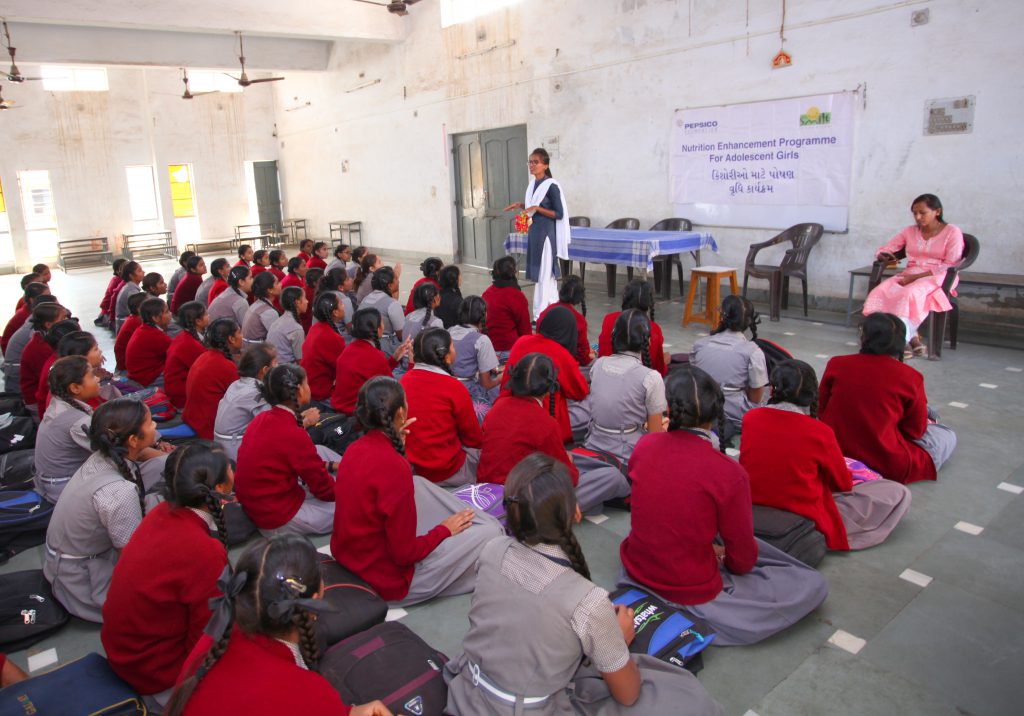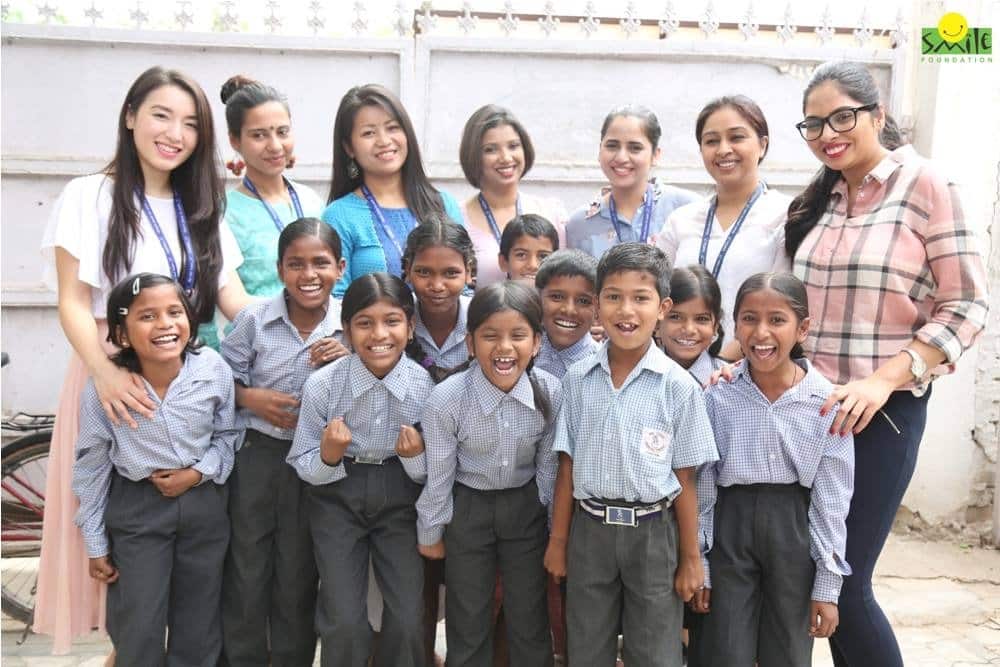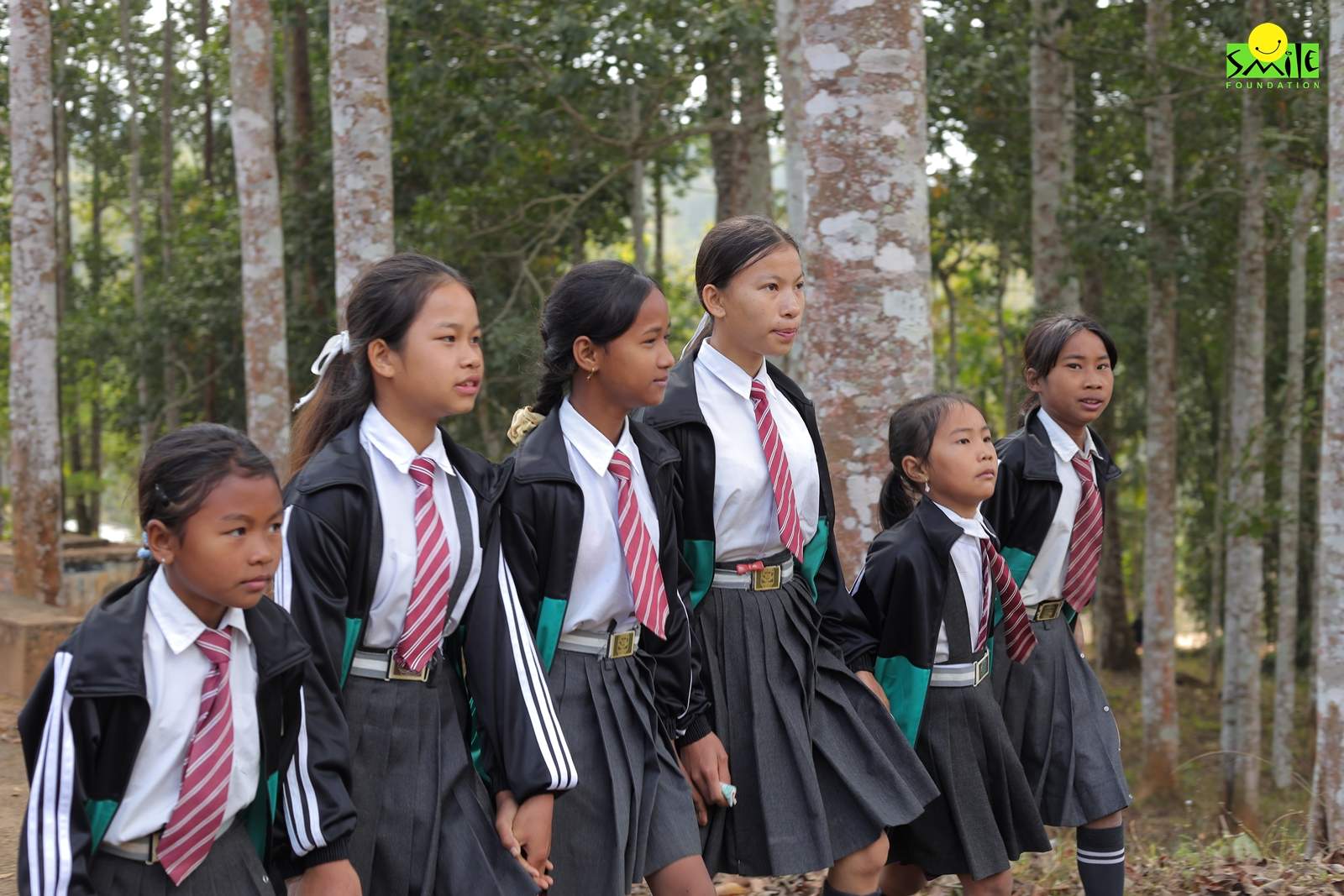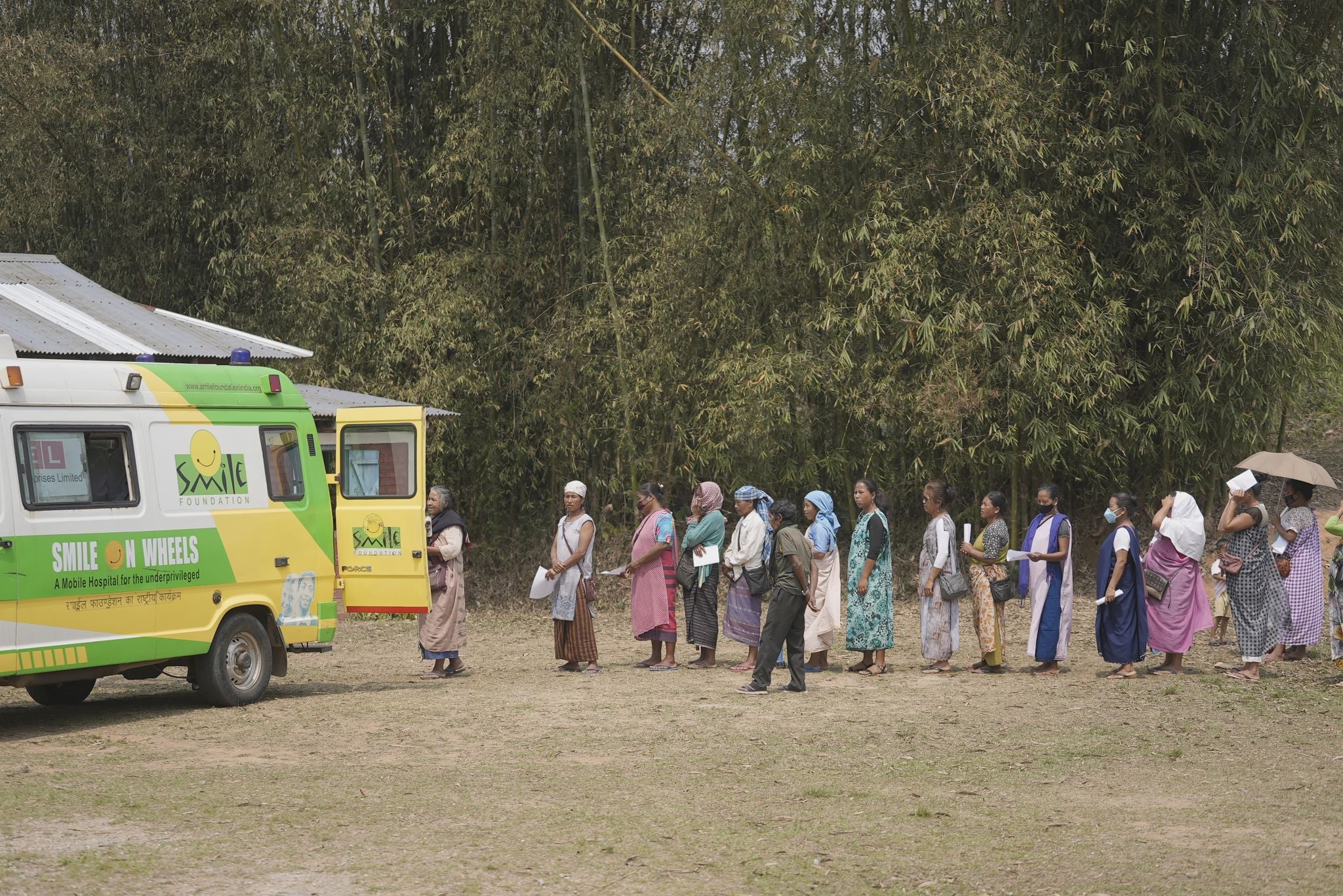Educating girls, holds the key to improving anemia levels and overall well being. Smile Foundation, with support from PepsiCo Foundation and state government looked at fighting anemia by training adolescent girls in knowing their body, learning about nutrition and right eating.
Covering 1000 young adolescent girls from 10 villages in the Banaskantha district of Gujarat, project Sampoorna, trained the girls in cultivating right eating habits for a year long period.
Smile Foundation roped in Chef Vikas Khanna to prepare a laddoo using maize, lentils and jaggery among other things to create a rich dose of iron. With bi-weekly doses of ladoo, and two weekly tablets of iron folic the iron levels in the girls saw more than 80% hb level enhancement over a one year period.
“When we started working in the region, we initially met with a lot of resistance as people were not willing to send girls to school, they did not understand that educating girls is important for development. So along side, counselling and workshops, we also conducted a baseline study of around 1000 girls to assess the overall status of adolescent girls (14 to 19 years) in the region,” said Nirmala Mishra, vice president, special projects, Smile Foundation.
“The findings revealed that 78% of adolescent girls were anaemic (varying from mild to severe), with 50% girls being moderately anaemic and about 13% being severely anaemic. The survey also revealed that only 17.6% were attending schools, with most respondents (49%) dropping out of school after Class 6 or 8. The study further revealed that around 84% of the respondents have never consumed any multi-vitamin or iron folic acid supplements, and most of them having no awareness of anemia or ever having checked their anaemic status,” she said.
The researchers felt that all these could be tackled if girl child education was given priority and they were sent to school and trained in nutrition, hygiene and body among other things. And thereby another effort started to counsel parents to encourage their girls to go to school.
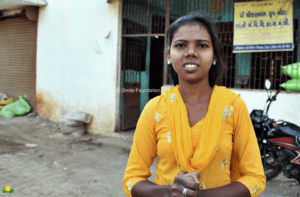
“I simply hated being a girl child because we were restricted from studying and often forced to marry early. When an Anganwadi didi and a social worker from NGO- Smile Foundation making rounds of our village to persuade parents to send girls to school,” said – Dharmavt Sangeetaben Babuji (15 years) from Kakawada in Banaskantha, Gujarat.
“They spoke on the importance of becoming independent, eating right, gender equity, and health among other things. They helped all the girls to get enrolled in school and pushed them to complete their education,” she said.
“When I started attending school my hb level was very low. The counsellors urged me to start eating green and leafy vegetables everyday and told me about other iron rich food items easily available in the local market. I started taking them on a regular basis and in a few weeks, I started feeling much stronger,” Senma Rushika Seddhabai, Veerampur village, Banaskantha, Gujarat.
“After following a balanced diet for 3-4 months, my hb levels had shot up from 7(g/dlL) to 11(g/dlL), the highest among all other girls who attended the group meetings. I love to take long walks in the evening without being dizzy.”
Normal haemoglobin for women is 12 gram per decilitre (g/dlL) and men 13 g/dL. Iron-deficiency anemia in India is rampant among children below the age of three (78.9%) and women (55%); men follow at 24%, according to the National Family Healthy Survey, 2004-05 (NFHS-3).
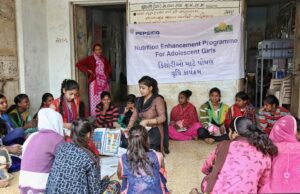
“India carries the highest burden of the disease despite having an anemia control programme for over 70 years. Consistent efforts made by various stakeholders through the past years to fight this disease have shown little result,” said Santanu Mishra, trustee and co-founder, Smile Foundation.
“This particular one-year pilot has shown us that classroom training, regular monitoring and a little bit of hand holding can go a long way in helping us battle anemia,” said Mishra.
Mishra emphasised on the need to inculcate health-seeking behaviour in community. “This can only happen with lots of awareness and education around these critical subjects. At Smile Foundation, the thrust is on education, as we believe that good health among other things will automatically follow if these populations are empowered.” he said.
Anemia is a disease in which a person has an inadequate number of red blood cells or haemoglobin count, which hinders the capacity of the blood to carry oxygen. The basic symptoms of this anaemia are fatigue, weakness, lethargy, shortness of breath and decreased concentration.
Anemia is widespread in India–58.6% of children, 53.2% of non-pregnant women and 50.4% of pregnant women were found to be anaemic in 2016, as per the NFHS.



